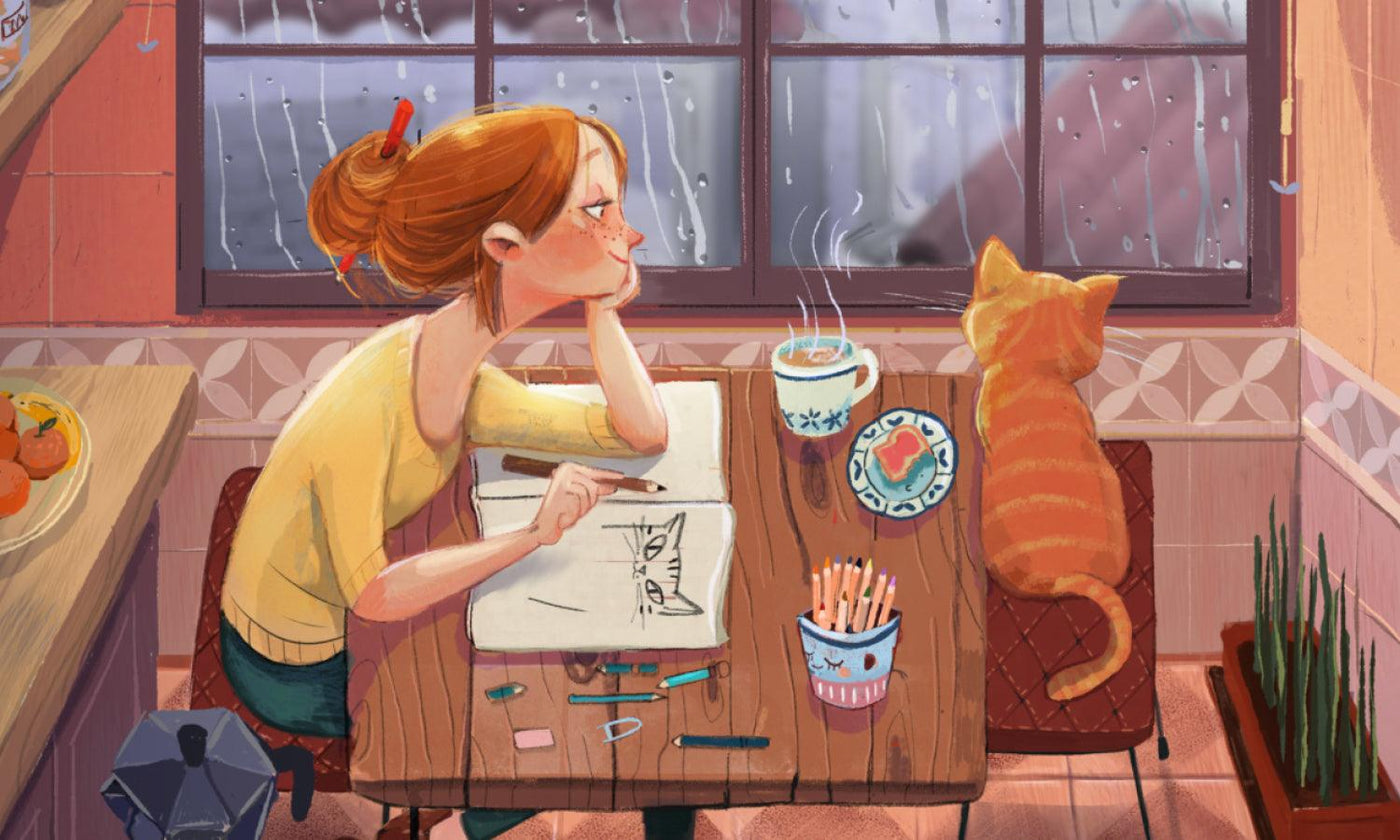Balancing Creativity and Techniques in Art
Model identification patterns how customers perceive and join together with your business. While advertising methods and customer service subject, art stays one of the most effective tools for building wonderful model experiences. The visual components you choose—from logos to shade schemes—could make or break your brand's success.

The Psychology Behind Visual Company Recognition Reports show that folks form first impressions within 50 milliseconds of viewing a design. This split-second judgment usually establishes whether potential consumers will interact together with your manufacturer or search past it. Visible uniformity across all touchpoints assists build confidence and acceptance, creating your manufacturer more wonderful than competitors. Colors induce emotional reactions that influence buying decisions. Red produces urgency and pleasure, while blue provides trust and reliability. Typography choices also send delicate communications about your brand's personality. Modern sans-serif fonts suggest advancement and simplicity, while serif fonts connect tradition and authority. Design Aspects That Convert Model Notion Emblem Style ImpactYour emblem provides because the cornerstone of brand identity. A well-crafted logo should be scalable, remarkable, and reflective of your brand values. Easy styles frequently demonstrate more efficient than complicated people because they're simpler to recognize and reproduce across different media. Study suggests that models with regular aesthetic identification experience 23% larger revenue growth in comparison to individuals with contradictory branding. This reliability starts with a powerful brand that anchors all other design elements. Color Psychology in Advertising Strategic shade choices may raise company recognition by as much as 80%. Fast-food restaurants usually use red and orange since these shades encourage hunger and develop a sense of urgency. Tech organizations frequently favor blue to ascertain trust and reliability. The important thing is based on knowledge your goal audience's mental responses to various colors. Cultural context also plays a role—colors that function in a single market might express various meanings in another. Typography as Manufacturer Style Font variety communicates your brand's personality before clients study an individual word. Luxury manufacturers generally use sophisticated, minimal fonts to convey sophistication. Playful brands might pick curved, helpful typefaces that sense approachable and fun. Consistency in typography across all materials—from business cards to websites—reinforces manufacturer recognition and professionalism. Recent Design Traits Shaping Company Identity Minimalist Aesthetics The “less is more” philosophy continues dominating brand design. Clear lines, sufficient white space, and simple color combinations support manufacturers stand out in messy marketplaces. This process also guarantees models remain eternal and versatile across different platforms. Authentic Storytelling Through Design Modern customers desire authenticity. Manufacturers are moving away from inventory images toward custom drawings and true image that tells their own story. This development shows a broader change toward personal relationship and transparency. Sustainable Style Practices Environmental consciousness influences style decisions. Models are picking eco-friendly colors, sustainable packaging models, and messaging that shows their commitment to environmental responsibility. This approach resonates particularly well with younger demographics. Calculating Design's Impact on Company Success Effective design implementation can be measured through numerous metrics. Manufacturer remember rates, client involvement degrees, and conversion costs all increase when style effectively communicates manufacturer values. Social networking shares and user-generated material also raise when models maintain solid aesthetic identities.

Client commitment surveys usually reveal that visible attraction considerably influences getting decisions. Models that spend money on qualified style see higher client maintenance costs and increased word-of-mouth referrals. Creating Your Design-Forward Model Strategy Good style involves understanding your audience, rivals, and industry positioning. Start by defining your brand's primary values and personality traits. Then change these ideas in to aesthetic elements that resonate with your target demographic. Consider employing qualified makers or agencies if inner assets are limited. The expense frequently pays for itself through increased company acceptance and client engagement. Understand that company identity is not just a one-time project but an ongoing procedure that evolves with your company and industry trends. Your brand's aesthetic identification is the first discussion with potential customers. Make it count by buying careful, strategic design that authentically shows your values and connects with your audience on an emotional level.